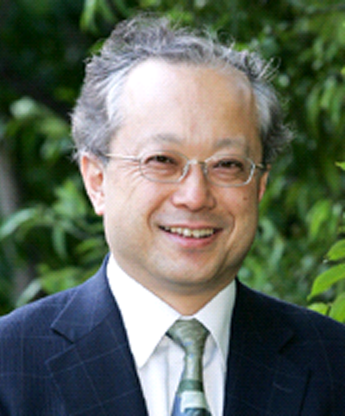In Japan in the past, it was quite common to see adults carrying children on their backs, but this is something we don't see much these days. Instead, parents are advised to carry babies facing them so they can see their faces.
I tend to think that carrying a child on one's back fosters sociability, and in the Edo period, European and American intellectuals were very surprised and impressed to see children carried this way by their parents or older siblings. Their writings reveal that they were not only surprised, but they also understood that this way of carrying children had a positive effect on children.
Dr. Edward Morse, who is known for discovering the Omori Shell Mounds, came to Japan in 1877 and researched marine life. His book Japan Day by Day provides a vivid sketch of daily life in Japan at the time. In it, he commented on the practice of carrying babies on the back.
"This carrying of babies on the backs one sees everywhere. It is a remarkable sight to see four women out of five, and five children out of six, lugging babies upon their backs, [. . .]. A rare thing is to hear a baby cry, and thus far I have never seen the slightest sign of impatience on the part of the mother. I believe Japan is the only nation in the world that yields so much to the babies, or in which the babies are so good." (p.10)
"There is one subject, among many subjects, that foreign writers are unanimously agreed upon, and that is that Japan is the paradise for children." (p.41)
"Little children are never left alone in the house, but are tied to the back of the mother or one of the older children and have delightful rides, fresh air, and see everything that is going on. The Japanese have certainly solved the children problem" (p.351)
Morse's high praise for this way of carrying babies in Japan is so unequivocal that it almost seems exaggerated.
Morse was not the only foreign person to be so impressed by this way of carrying children. Edwin Arnold in his book Seas and Lands noted that "The babies, thus see everything, share everything, take part in agriculture, kite-flying, shopping, cooking, gossiping, washing, and all that goes forward and around, which perhaps gives them their extraordinary gravity and worldly wisdom, mingled with gladness, as soon as they reach the mature age of four or five." (p. 187)
Today, "joint attention" is often noted as an activity that plays an important role in the development of the sociability of children, and it is also an important subject of research in the field of developmental psychology. Indeed, Arnold's observations are very similar to descriptions of how the joint attention arising from this way of carrying children promotes the development of sociability in children.
I am not simply nostalgic about this way of carrying children--I feel quite sure that it is an important practice that develops children as social beings.



 Yoichi Sakakihara
Yoichi Sakakihara










